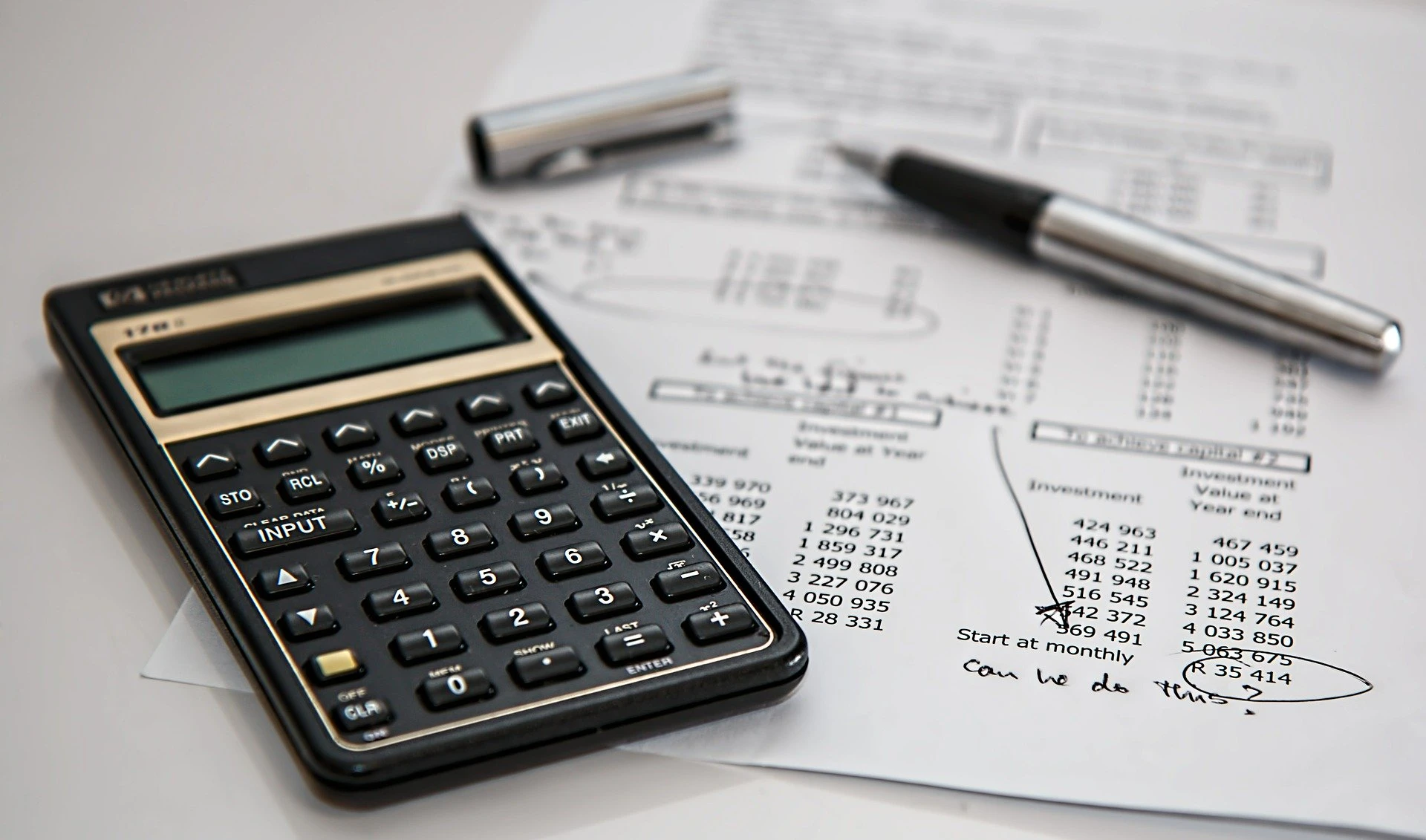Filing for bankruptcy can be a complex and emotionally challenging process, but proper preparation can make it more manageable.
Gathering the necessary documentation and understanding the steps involved are crucial to ensuring a smooth bankruptcy filing.
This article will outline the essential steps to take when preparing for bankruptcy and the vital documentation needed for a successful case.
Before considering bankruptcy, it’s crucial to have a thorough understanding of your financial situation.
Begin by listing all your assets, liabilities, income, and expenses. This will provide a clear picture of your financial standing and help you determine if bankruptcy is the most suitable option for you.
Bankruptcy should be a last resort, so explore other debt relief options before deciding to file.
Consider debt consolidation, debt settlement, credit counseling, or negotiating with creditors directly. Weigh the pros and cons of each alternative and decide if bankruptcy is still the best solution for your circumstances.
There are two main types of personal bankruptcy: Chapter 7 and Chapter 13. Chapter 7 involves liquidating non-exempt assets to pay off debts, while Chapter 13 involves creating a repayment plan to pay back debts over three to five years.
Consult with a bankruptcy attorney to help determine which option best suits your needs.
Before filing for bankruptcy, you are required to attend credit counseling from an approved agency within 180 days of filing.
This session will provide information about bankruptcy alternatives and help you create a budget plan. Keep the certificate of completion, as you will need it when filing your bankruptcy petition.

To file for bankruptcy, you will need to provide extensive documentation of your financial situation.
Here is a list of essential documents to gather:
With the help of an attorney, complete the bankruptcy forms required for filing. These forms will ask for detailed information about your income, assets, liabilities, and expenses.
Ensure that you are honest and thorough when completing these forms, as inaccuracies can lead to complications or even the dismissal of your case.
Once you have completed the necessary forms and gathered all required documentation, your attorney will file your bankruptcy petition with the court.
You will need to pay a filing fee, which varies depending on the type of bankruptcy.
After filing your bankruptcy petition, you will be required to attend a 341 meeting of creditors.
This meeting allows the bankruptcy trustee and your creditors to ask questions about your financial situation and the information provided in your bankruptcy forms.
Be prepared to answer questions and provide any additional documentation requested.
Preparing for bankruptcy is a critical part of the process that requires attention to detail, honesty, and thoroughness. By taking the necessary steps and working with an experienced bankruptcy attorney, you can ensure a smoother experience and a better chance at a successful outcome.
Remember that bankruptcy is not the end but rather an opportunity to regain control of your financial situation and start fresh on the path to financial stability.

It’s important to hire an experienced bankruptcy attorney as one of the steps to take when you’re facing bankruptcy and you need solid guidance and representation.
This is because there are many different types of bankruptcy. Only an experienced lawyer will know which one would work best for your specific situation.
It might seem like it makes sense to do this yourself. But most people don’t have the time or patience to understand all of the intricate details involved in bankruptcy.
That means they make mistakes by not choosing the right type, or by not filling out paperwork correctly. Both things could lead to delays and ultimately hurt your chances of getting any debt relief at all.
This is not a journey to take lightly, but it is also not one to take alone. If you need to file for bankruptcy, reach out to us today to start your journey with us.
If you want to learn more about the options you have and the steps to take, call us for a free consultation.

Parker and DuFresne
